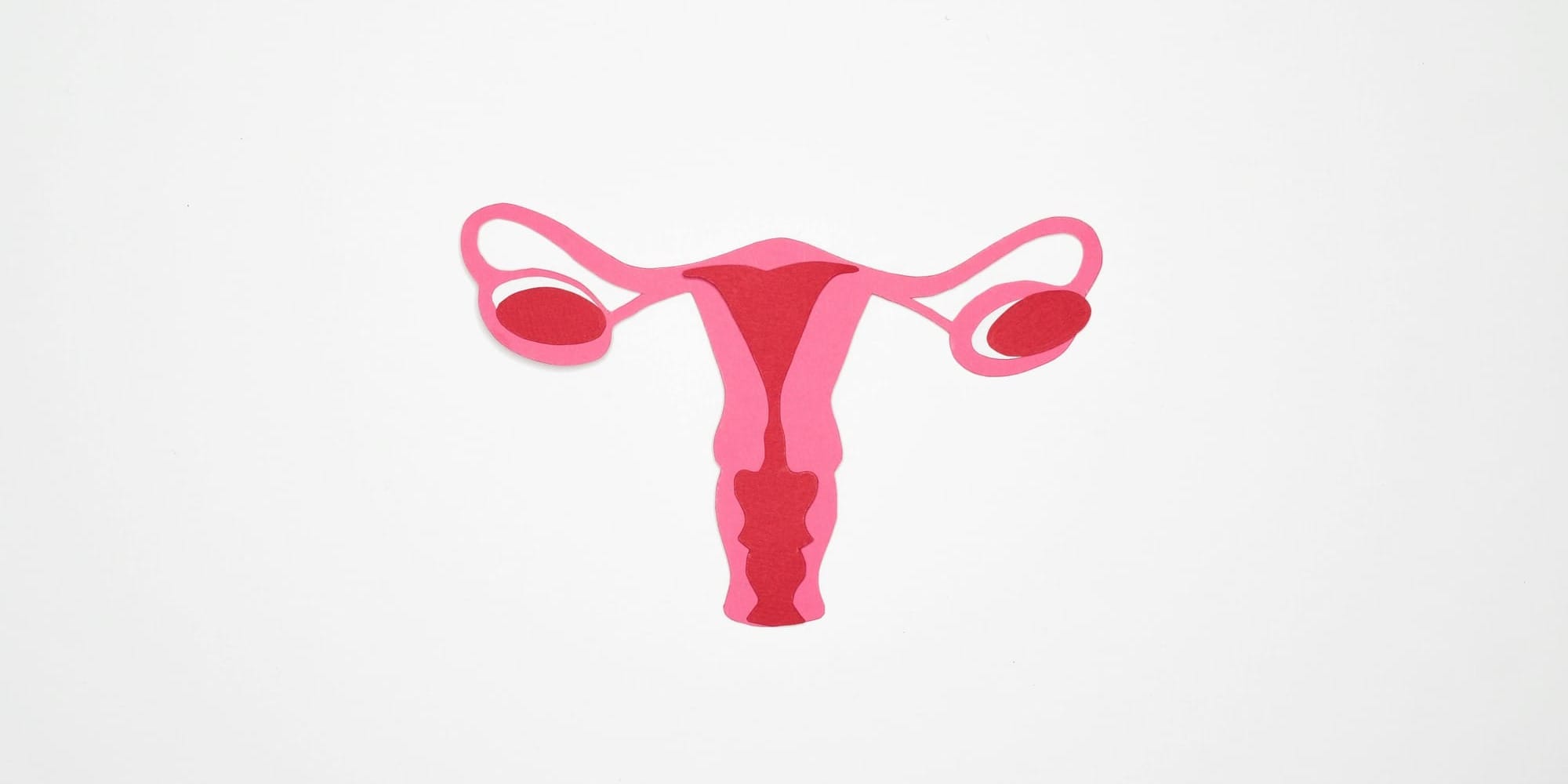You might think that we know everything, or almost everything, about the human body, but the truth is that many parts of it remain mysterious. For instance, it was long assumed that the appendix—an organ in our lower right abdomen—was a vestigial organ. In other words, its original function was lost through evolution and is essentially useless. That is, until 2017 when scientists discovered the organ likely functions as a reservoir for beneficial gut bacteria.
Now, new research by cellular biologists is bringing much-needed attention to another long-ignored feature in the Human body. Much smaller than the appendix, the rete ovarii is an appendage of the ovaries and part of the female reproductive system. While initially discovered decades ago and widespread among mammals, the structures have previously been ignored and dismissed as useless until now.
The Study
Before I get into the research, I should note that this study was uploaded to bioRxiv on February 1, 2023, and has not yet been peer-reviewed. Still, it’s worth discussing because what it suggests would dramatically change our understanding of female reproductive health.
For centuries, aspects of female biology and anatomy have been dismissed thanks to Western patriarchal norms where men dominated the medical profession, women were left out of medical experiments, and it was assumed the female body is the same as males. This ignorance has led to major health inequalities that women still suffer from today.
But the research done by Blanche Capel, Vice Chair of Faculty Affairs and Professor of Cell Biology at Duke University in North Carolina, and her colleagues, including cell biology grad student Dilara Anbarci, shines a new light on the rete ovarii, a long dismissed part of the female reproductive system, by using modern technology to examine it in mice.
Back in 2022, the team was making 3D images of developing mice ovaries and the surrounding material when they first noticed the then-unfamiliar ovarian accessory-like structure.
The images they were creating used fluorescent antibodies to illuminate specific tissues. An antibody called PAX8 lit up a tubular structure next to the ovaries extending into it. A dense tangle of blood vessels surrounds it, which connects directly to a system of neurons that join muscle cells during contractions, similar to what they do in the uterus. Capel told New Scientist writer Michael Le Page:
“When we first found it, we thought, what is this?”
A Little Background
The team wasn’t the first to discover the rete ovarii, as it was reportedly first described in 1870, but there is a good reason Capel and her team didn’t recognize the structure when they found it.
In the decades following the initial discovery, more research suggested that rete ovarii are common to all mammals. I stumbled upon one study from 1985 that stated:
“The rete ovarii of the adult does not appear to be a functionless vestige as has been previously reported.”
Then in 1914, the structure was included in the standard medical textbook on the human body, Gray’s Anatomy. However, the rete ovarii remained largely overlooked.
Capel and her team report in their abstract that while it was once part of the Grey’s Anatomy medical book, the rete ovarii “disappeared from recent textbooks and is often dismissed as a functionless vestige in the adult ovary.” Even though it’s been shown time and time again that the structure is widespread across mammalian species, which, at the very least, suggests it is not “functionless.” But I digress. What little attention has been given to the rete ovarii relates mainly to cysts, tumors, and other rare abnormalities.
Although Anbarci gives prior scientists some grace by explaining to Le Page that part of the reason the structures have been overlooked is that they are incredibly challenging to see without a microscope in large mammals. Anbarci also explains they could only see the rete ovarii in mice because they made 3D images using PAX8. “It was just the luck of using the right antibody,” she says. Still, now that Capel and her team are bringing renewed attention to rete ovarii, the next thing to work out is its role.
Potential Purpose
Human ovaries respond to what’s happening in and around the body. Pollution, extreme exercise, eating disorders, smoking, obesity, and elevated stress are just a few things that can affect the Human menstrual cycle. While more research is needed, the team suspects the rete ovarii may be responsible for sensing changes in the mammalian ovaries and then sending signals to the reproductive organs to respond accordingly. The researchers write:
"The direct proximity of the rete ovarii to the ovary and its integration with the extraovarian landscape suggest that it plays an important role in ovary development and homeostasis."
More specifically, Capel tells Le Page,
“We think it is regulating the timing or rate of ovulation. It may control how many [ovarian] follicles are activated in one’s cycle or when they are activated. We haven’t proved all of this, but there are several smoking guns here.”
Capel and her team already have plans for future studies to try and confirm their theory. In their current research, the scientists found nerves connecting to the rete ovarii, and now Anbarci wants to figure out whether the nerves are receiving or sending information. In one experiment, Anbarci injected a fluorescent dye into the part of the rete ovarii located furthest from the ovaries and discovered the dye traveled all the way to them. Capel told Le Page:
“So it can actively transport fluid into the ovary. That suggests that it really does function. It’s also covered by macrophages, which are really interesting cells that communicate a lot around the body.”
She goes on to explain that it was thought ovaries responded to chemical signals in the blood, but it just as easily could be the rete ovarii sending the signals.
“It may be a sensory mechanism for the ovary to keep tabs on what’s going on in the rest of the body. Kind of like an antenna.”
This might all seem interesting but unexciting, except that if it’s true, it will better explain the female reproductive system and suggest the rete ovarii may also play a role in menopause. In other words, Capel says,
“We could perhaps use it somehow to extend the female reproductive lifespan.”
In their recent study, the researchers argue that the role of the rete ovarii should be further investigated and added to the list of structures that make up the female reproductive tract, which already includes the vulva, vagina, cervix, uterus, oviduct, and ovaries.
Perspective Shift
In case you’re curious, the testes have a related structure called the rete testis – which is admittedly more fun to say aloud than rete ovarii – but research shows the rete ovarii is more complex. Maybe because of the simplicity of rete testis, or perhaps partly due to the medical research bias I mentioned earlier, but scientists already discovered two roles the rete testis have: maintaining fluid levels in the testicles and helping transport sperm.
Regardless, I’m thrilled about the renewed interest in the rete ovarii and their potential role in female health. Especially considering the continued threat female reproductive health care is facing in the United States. Politics and religion aside, part of why it’s so easy to attack women’s reproductive health is because we know so little about it. It’s long past time we educate ourselves and acknowledge the importance of research like what Capel and her colleagues are doing. While we’re at it, maybe we can take another look at any other feature of human anatomy that science has dismissed as “functionless.”






